A water treatment project at Comox Valley Regional District (CVRD) will see more than $110 million in capital construction beginning as early as 2019.
It’s currently the largest water project on the agenda for B.C., part of a province-wide effort to bring all drinking water systems to current standards.
In 2012, a guidance document, Drinking Water Treatment Objectives (Microbiological) for Surface Water Supplies in British Columbia, was posted on the Ministry of Health website. The guidelines require drinking water derived from surface sources to offer at least two treatment processes: either filtration and one form of disinfection, or two forms of disinfection.
Serving 45,000 residents, the CVRD water system is currently the largest system that does not comply with the guidelines, offering only chlorination and little capability to inactivate parasites.
While the provincial Ministry of Health sets drinking water quality policies, each regional health authority works with communities to achieve those objectives.
“We started by conducting investigative work in collaboration with the Vancouver Island Health Authority towards a new solution for the Comox Valley,” says Charlie Gore, manager of capital projects with CVRD.
Given the high quality of water derived from Comox Lake, the district received treatment deferral for turbidity in 2013, allowing it to proceed with the addition of an ultraviolet treatment system.
“But we had a major turbidity event resulting from severe rainfall in 2014, which led to Island Health withdrawing our deferral in 2015 and setting out a filtration deadline in our permit to operate,” says Gore. “When water conditions in the lake changed due to increasing intensity and frequency of major rainfall events, we had to change tack.”
The current treatment project design will feature a filtration plant combined with chlorination.
“We’re aiming for grant funding of 50 per cent with the announcement of the next round of federal infrastructure grants,” says Gore. “We’ve delayed our schedule to 2019 to ensure we remain eligible for those grants. We’re also working closely with the Ministry of Municipal Affairs to investigate opportunities for an early allocation of grants.”
The Comox Valley Water System currently holds reserves of $26 million. Once funding is approved, the district will seek approval to borrow an additional $29 million on behalf of residents.
The construction project will include five major pieces of infrastructure:
A new deep-water intake in Comox Lake.
As a BC Hydro reservoir, drinking water for the district is currently derived from the base of the penstock at the lake. However, the Puntledge River, which feeds the lake, is prone to drought.
“The project will see a deep-water intake built a kilometre off shore and 30 metres below low-lake level to improve water security,” says Gore. “It will also change the way that BC Hydro operates the penstock and will save a huge amount of water.”
A new raw water pump station on the shore of the lake.
A 2.5-kilometre pipe that will transport the water uphill to the site of the new water treatment plant.
A new filtration plant building, including offices for water treatment staff. The design could include nano-filtration, which filters out parasites.
A five-kilometre pipeline to deliver treated water to the base of the BC Hydro penstock, connecting with the existing system.
“We’re currently building the technical specifications for the project that will allow us to go to market with an RFQ or RFP and bring a design-build contractor on board,” says Gore.
The district is currently installing two UV reactors in the existing treatment plant at a cost of $200,000 each. These will be incorporated into the new plant later.
“It doesn’t meet the requirements of our permit to operate, but it will significantly reduce boil water notices for our residents as we pursue the final project,” Gore says.
The district hopes to see the treatment plant fully operational by 2021.



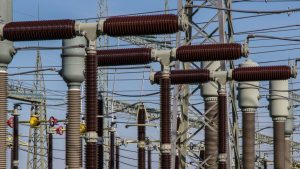
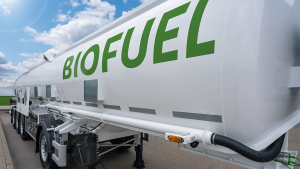
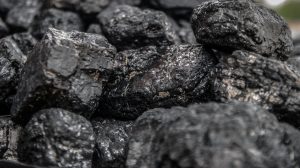



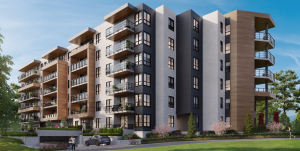
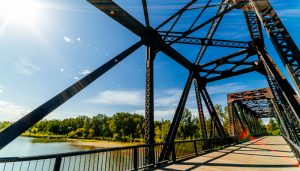
Recent Comments
comments for this post are closed